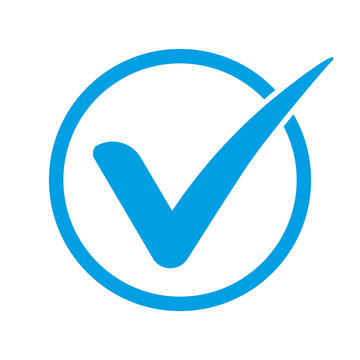Centelon is a 4-year-young organization focusing on IT Services and Products, with a presence in Australia, Singapore and India. With over 130 employees presently it’s an employee-owned company. Culturally, we are a healthy mix of being financially conservative (zero debt), aggressive or let’s say bold when it comes to actions taken and mildly socialistic/informal in our general approach.
Being appointed as the CEO 1.5 years back we had some clear steep goals to be achieved over the next 5 years. Strategies to achieve them were half baked at that point and we aspired to move from a Services company to a Solutions company but with no clear roadmap, limited capital, and a lot of ambiguity. Till that point, we had been adopting a yearly planning approach, but my instincts told me that we needed to have a more agile approach given the pace of changes in the business environment. That prompted the decision to implement the Enterprise Agile approach within the company and, in this blog, I intend to share my learnings and the challenges we encountered on this journey.
Why Enterprise Agile?
Before embarking on our journey, we defined what Enterprise Agile should address for us:
- Drive fast growth with tight investment control
- Aid faster decision making and recognise the opportunities
- Pivot and mobilise organisation resources fast
- Enable honing of skills but also ensure multi skilled teams deliver
- Promote an Entrepreneurial culture
What we Realised?
Many of us were trained In Scaled Agile but it did not take much to realise, execution of it is a different ball game altogether. I stepped away from referring to books & reference articles and started relying more on my instincts and conviction when It came to execution. We understood Scaled Agile worked at implementing processes but was weak on strategy definition, controls and linkages between strategy and execution within a structure.
Our Journey
We have been on this journey for 1.5 years and can clearly describe the experience so far across three phases:
Phase 1: Big Bang
In this phase we Implemented the following:
- Chapter and Squad Structure
We adopted the Spotify model of Chapter and Squads with our variations of having Squad leads for Projects or key Initiatives and having Chapter leads given P&L responsibility for services along with being responsible for resource utilisation. The squad construction utilising personnel across multiple squads were done by squad leads. Few other changes we incorporated were having virtual chapters e.g leadership which were a group of personnel who were part of other chapters.
- Quarterly Planning
Every Quarter we started having sessions dedicated exclusively to a chapter and product line. The initial few sessions were very elaborate and with many discussions and reviews. However, over time Quarterly planning sessions were seen more as update sessions and not meetings for finalising strategy. This did mean a lot more preparation and reviews were done beforehand. We had a conscious tracking of time spent in the Quarterly planning and, eventually brought It down from 22 hours to less than 10 hours. What was done over one weekend is now scheduled over 5 sessions in the last month of each quarter, thus reducing fatigue in the team.
By the end of the first four quarters, we did not realise any major strategic change other than the fact we met more frequently, which was a good thing and soon we started getting efficient at it. This led to some introspection within the team, which in turn brought us to the next phase.
Phase 2: Learning Phase
After uneventful first four quarters, it was time to take a hard look at what had been done so far and we identified the following areas that needed clarity and possibly some recalibration to fit our long-term goals.
We soon realised that for the Quarterly planning process to be effective the following aspects must be weaved in as an integral part of it in a structured manner:
- Decision types and decision-making process
- Strategy definition process
- Investment decisioning process
- Shareholder and Board Management
- HR and Finance processes
- Monitoring processes
- Structure, Systems and Institutionalisation
- Short term, medium term and long-term planning
- Promoting Values and building a culture
- Leadership and Mentoring
We realised that majority of the above aspects were either done annually or at no defined frequency. Hence, the quarterly planning process only delivered small changes and was not seen as a method to drive big changes at a rapid pace that Agile promises. Additionally, quarterly planning ended up as an exercise focussed only on the next quarter, thereby missing the big picture and larger goals that had to be realised.
Therefore, clear articulation of the above aspects and integrating the same in our everyday working and structure became critical for us to realise our goals. This was the toughest phase as we had no reference point, no precedents and no benchmarks were available to us to evaluate our decisions. This is where we felt we will have to trust our instincts more than ever and be close to the ground while making the changes.
In my next blog I will touch upon Phase 3, which will detail our thinking and the changes we Intend to bring about in each of the above 10 areas. Read on my next blog to find out; how we perceive the future while embarking on the Agile journey.
You can read and follow our publications on Medium
